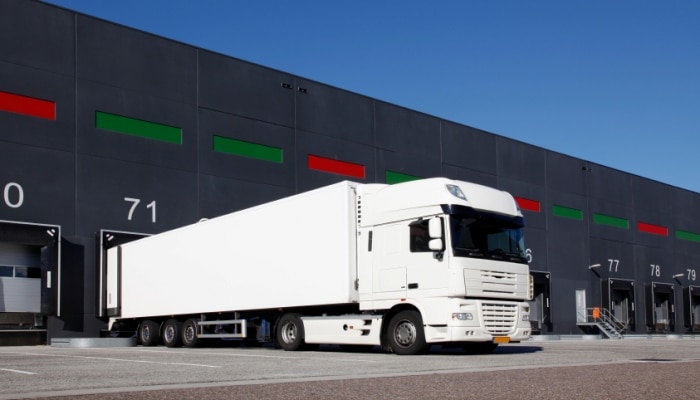What is Reverse Logistics?
You are not alone in the search for information on this logistic service
This morning I was reviewing our website search traffic, and I noticed a good number of people searching for the definition of reverse logistics. For us in the industry, we often take for granted that our customers may not have a strong handle on “the lingo,” which turns into a misunderstanding of their need.
Nearly every retailer has a need for reverse logistics, no matter what they call the process. At Clark Logistic Services, we describe reverse logistics as items that move from the customer to the business – a kind of reverse flow if you will. For example, returned or damaged merchandise will need to go back up the supply chain – a process not all retailers are well equipped to handle.
For the customer, this is a relatively simple process. They expect to ship their item, or return it at a retail location, and to have the situation rectified. That means causing as little disruption in their lives as possible. And to make that a reality, this is where the art of reverse logistics comes into play.
Transportation: Your supply chain is optimized to move merchandise to the customer, and your transportation services are likely modeled around this. But, to successfully service the customer items must flow both ways freely.
Warehousing: Once items have been shipped or transported, they must be tracked and stored. You warehouse should have the capability to automate many of these reverse logistics process quickly and efficiently.
Sorting: When merchandise reaches the warehouse, it must be sorted. Keep in-mind that some merchandise may be damaged, but there are varying levels of damage. That means some items can be sold as refurbished, or pieces can be sold to recoup the cost of the return.
Customer Service: If returned merchandise is frustrating for you…just imagine how your customer feels. The entire process should be seamless in the eyes of the customer. All actions should be clearly defined, and follow up should be in place. In most cases, as long as the process is clearly communicated the customer can be retained for future purchases.
As a retailer, you may not like reverse logistics, but it is necessary for your business. The trick to being successful at reverse logistics is being quick and efficient. By partnering with a third logistics provider, you can instantly access their knowledge and resources. This especially comes in handy when dealing with government regulation relating to disposal of merchandise, as well as knowhow to arrange deals for selling damaged goods.
If you came here to learn more about reverse logistics, you surely have additional questions about the process. Feel free to drop us a line!
[gravityform id=”3″ name=”Contact Form Short”]





Trackbacks & Pingbacks
[…] What is reverse logistics? I'm sure you have asked this question, or needed further clarification. Take it from the experts at Clark Logistic Services! (Do your reverse #logistics cause a disruption? […]
[…] What is reverse logistics? I'm sure you have asked this question, or needed further clarification. Take it from the experts at Clark Logistic Services! […]
[…] What is reverse logistics? I'm sure you have asked this question, or needed further clarification. Take it from the experts at Clark Logistic Services! (Do your reverse #logistics cause a disruption? […]
[…] What is reverse logistics? I'm sure you have asked this question, or needed further clarification. Take it from the experts at Clark Logistic Services! (Do your reverse #logistics cause a disruption? […]
Leave a Reply
Want to join the discussion?Feel free to contribute!